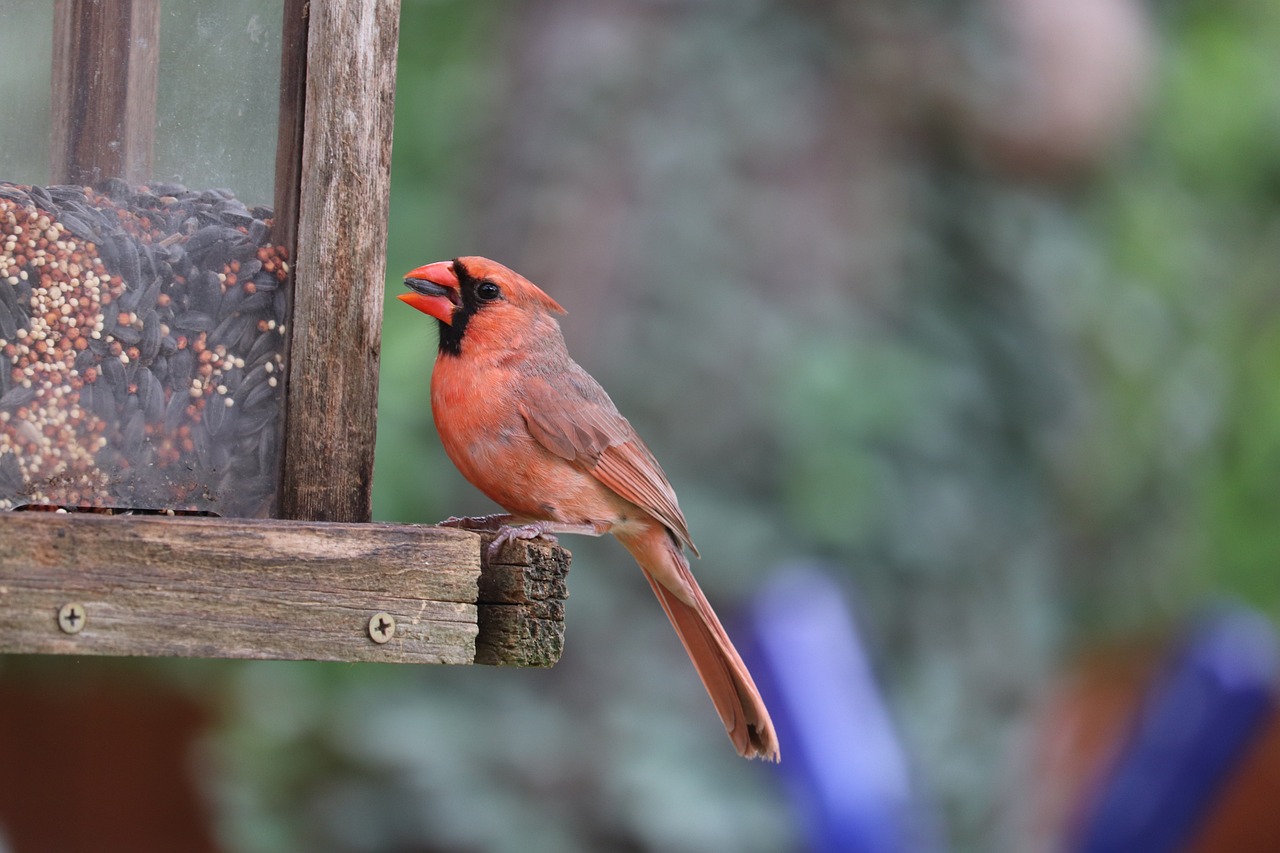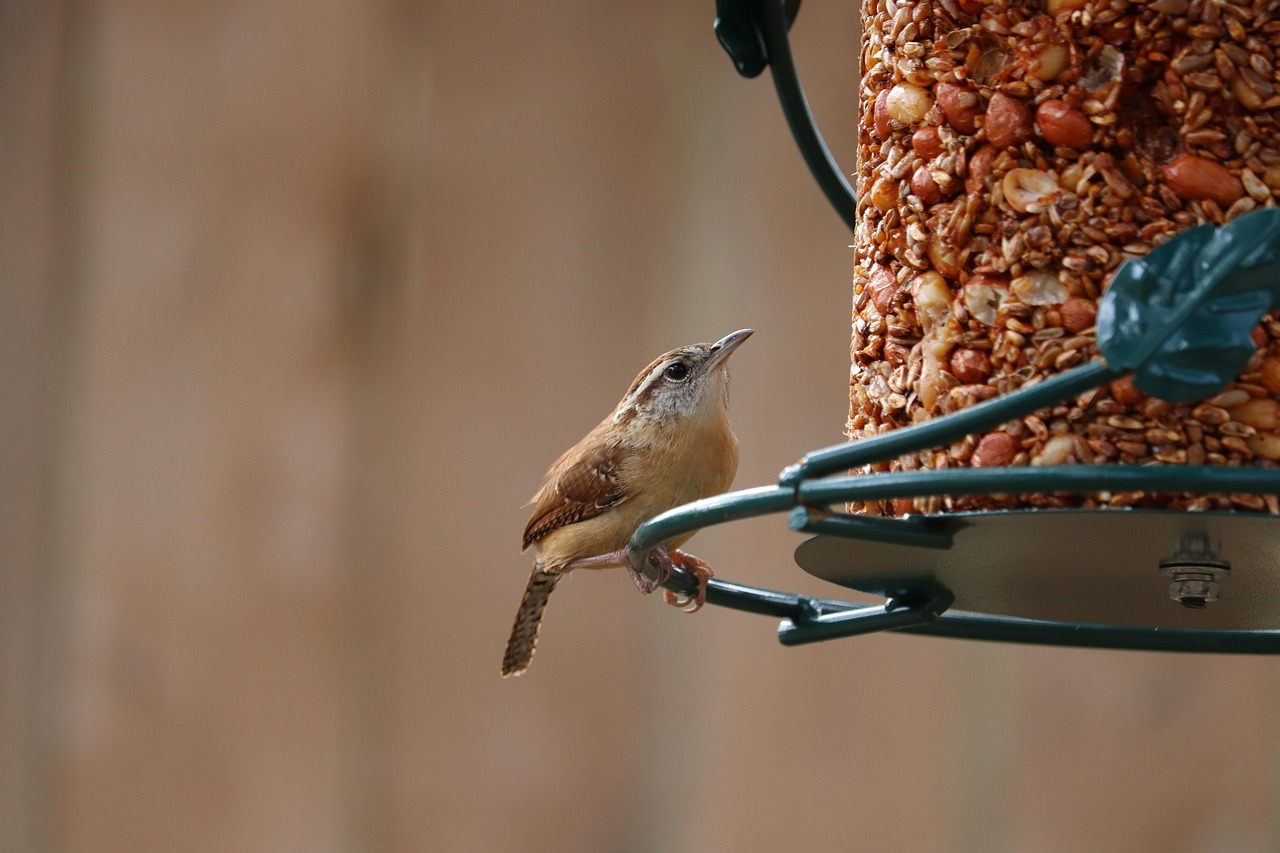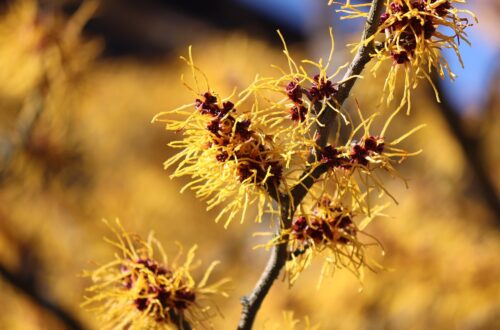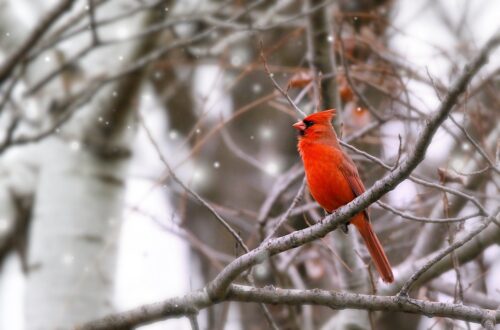Discover the best types of bird seed for attracting cardinals, finches and other wild birds!
Bird feeders brimming with seeds offer support to wild birds in winter and they can increase bird activity in your garden during the warmer months too. But with all the bird seed varieties on the market, how do you choose the best seeds for backyard bird feeders?
Last week, we explored the different types of bird feeders and what birds they attract. But this week I wanted to take our exploration into the world of wild birds even further and discuss what bird foods attract different songbirds. Whether you want to attract cardinals, quail, finches or doves, you’ll find the top bird seed for outside feeders in the list below!
Affiliate disclosure: As an Amazon Associate, I may earn commissions from qualifying purchases.
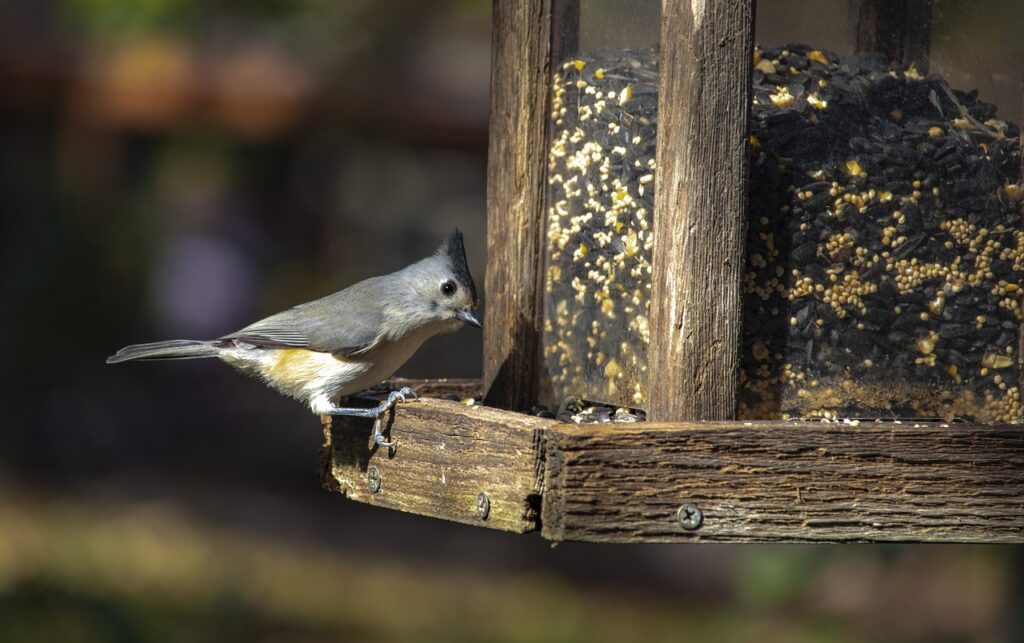
Best Bird Food for Feeding Wild Birds
Different birds have different preferences and some smaller bird species have a hard time eating large seeds or seeds with sturdy shells. Providing a range of different bird foods in a variety of feeders will make your garden more attractive to wildlife and increase the number of birds that visit your garden!
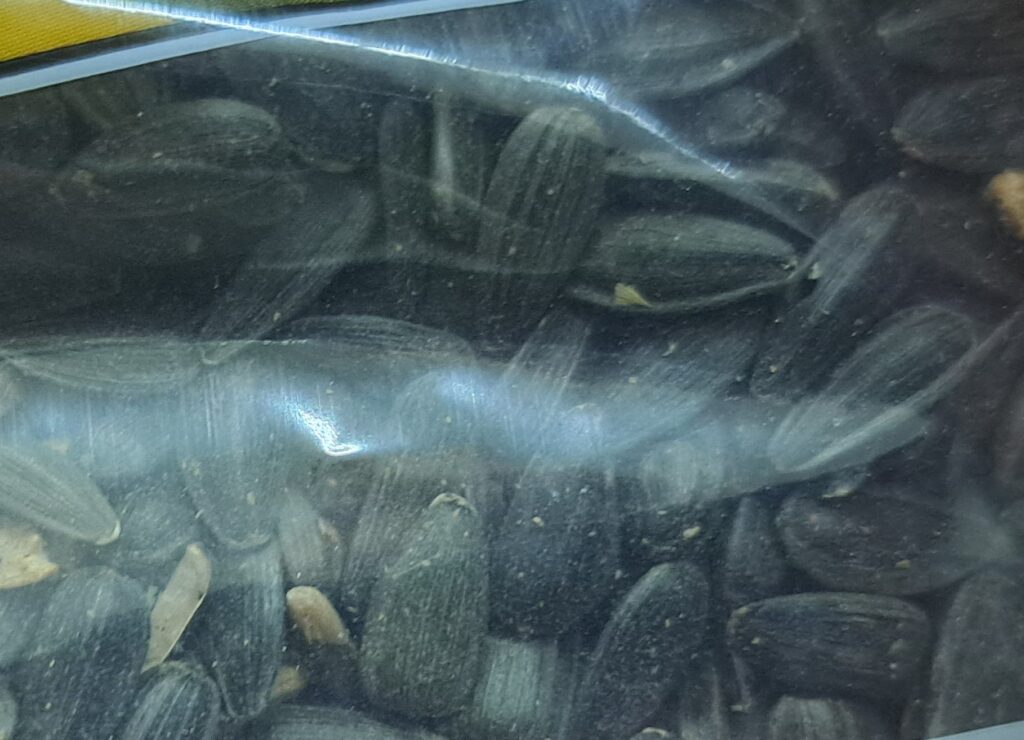
Black Oil Sunflower Seeds
Offering black oil sunflower seeds for birds is a great option since these seeds are popular among many bird species, they’re easy to find and budget-friendly as well! Black oil sunflower seeds have a high fat content, which is valuable to birds in winter. Plus, even small birds can easily remove the thin shells of these seeds.
Black oil sunflower seeds are commonly included in bird seed mixes, but you can also buy these seeds on their own. For even more options, try out striped sunflower seeds or deshelled sunflower seeds (aka sunflower hearts). These sunflower seed types are also magnets for many birds, although striped sunflower seeds can be difficult for small birds to deshell and sunflower hearts can be expensive.
Use with: Hopper feeders, tube feeders, window feeders and platform feeders.
Best for attracting: Blue jays, cardinals, woodpeckers, grackles, goldfinches, grosbeaks, titmice and nuthatches.

Safflower Seeds
While sunflower seeds are a popular choice, if you want to experiment with different seed types, try out some safflower seeds for birds too! Safflower seeds look like white sunflower seeds and they have thick shells that can be difficult for some smaller birds to remove. But these seeds are hits among cardinals and other seed eating birds with large and strong beaks.
Knowing what birds like safflower seeds can help you select the right bird feeder for your space. While safflower seeds will fit in tube feeders, they work best in hopper feeders since cardinals need a large perch to sit on when eating. Interestingly, safflower seeds come from safflower plants, which are used by chefs as an inexpensive alternative to saffron!
Use with: Hopper feeders, window feeders and platform feeders.
Best for attracting: Doves, sparrows, grosbeaks and cardinals.
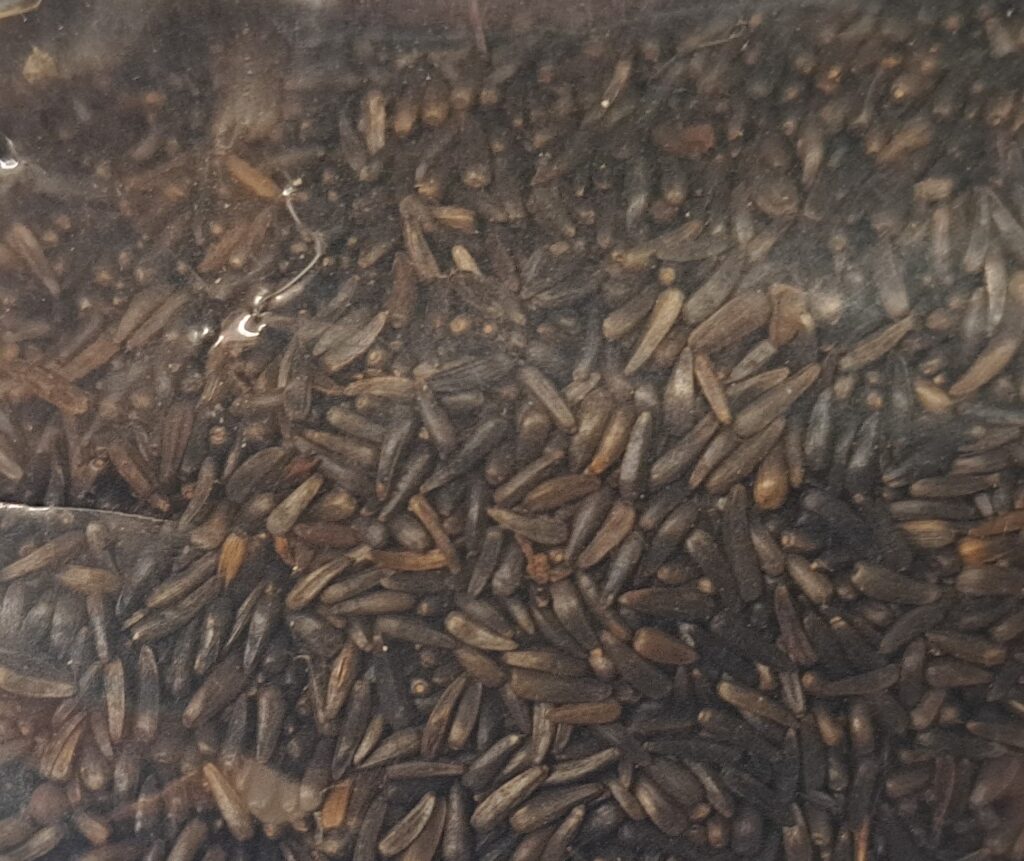
Thistle or Nyjer Seeds
Using thistle bird seed for outside wild birds is another solid option… especially if you want to see finches! Thistle seeds are small but mighty and they have a high oil and protein content that makes them particularly useful for birds during the cold, winter months. Since thistle seeds are small, they tend to be less appealing to squirrels, but they can blow away in the wind, so you’ll want to use them with sock or thistle feeders!
Use with: Thistle feeders or sock feeders.
Best for attracting: Redpolls, goldfinches and other finches.
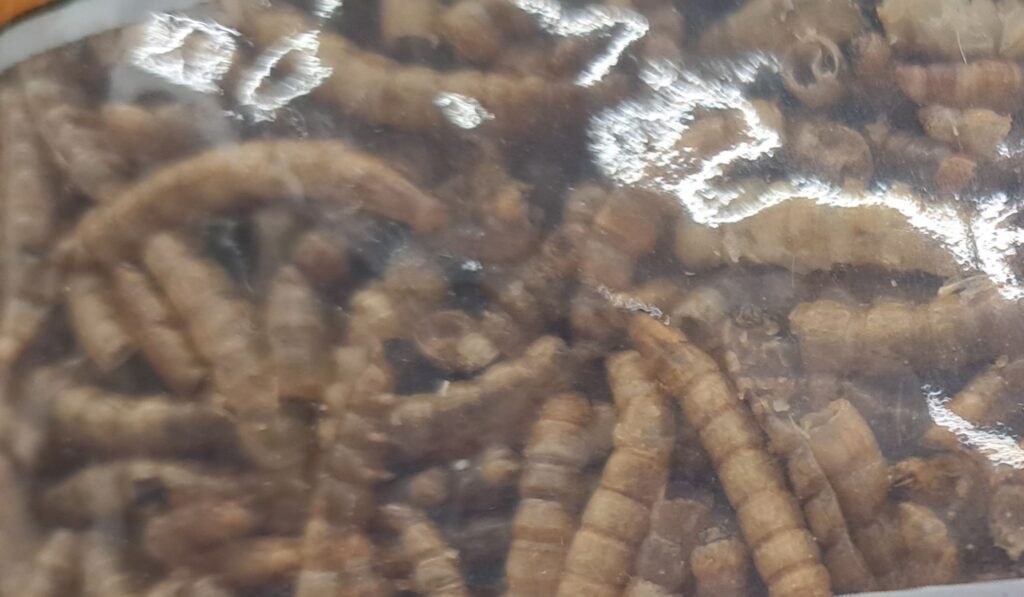
Mealworms
Mealworms are less commonly used in feeders, but they attract a wide range of birds and they’re favorites among bluebirds. Depending on the season and your budget, you can offer either live or dried mealworms in small bowls or platform feeders. Mealworms are also commonly included in oriole feeders alongside fresh fruit and a bit of blueberry jelly!
Use with: Platform feeders, oriole feeders and window feeders.
Best for attracting: Bluebirds, kinglets, wrens, titmice, thrushes, orioles, chickadees and nuthatches.
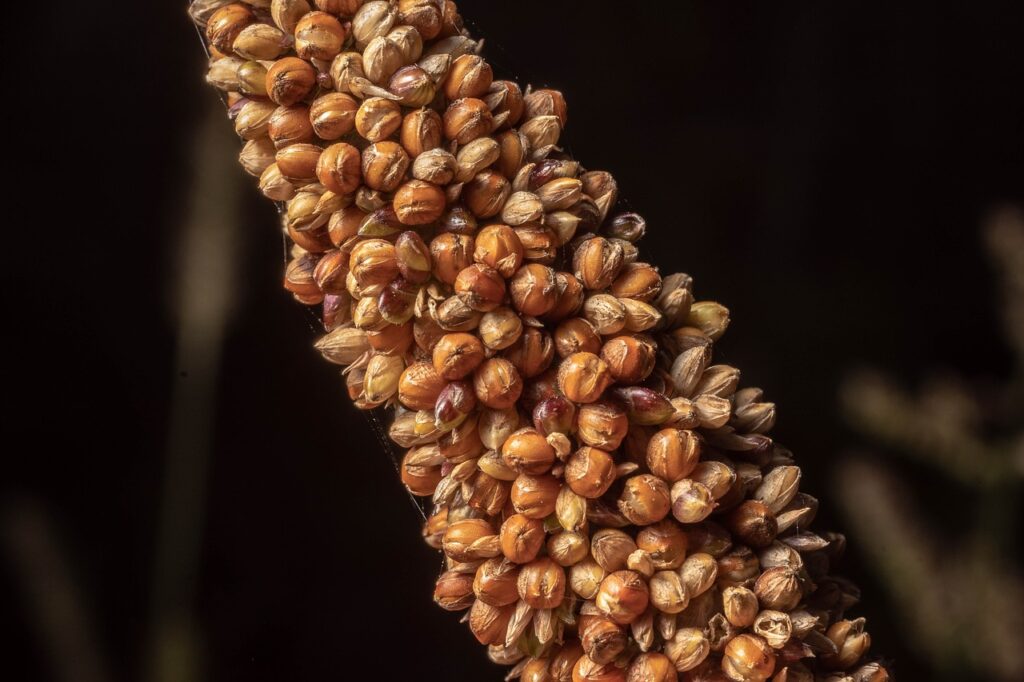
Millet
Millet is commonly included in wild bird mixes, but you can also put out sprays of whole millet or include millet seedheads in outdoor wreaths. Small and round, millet seeds tend to tumble out of feeders and scatter to the ground, but that’s usually not a problem since millet seeds are particularly appealing to ground dwelling birds. In fact, if you’d like to attract birds like quail, you may want to deliberately scatter millet on the ground just for them!
Use with: Tube feeders, hopper feeders, platform feeders and window feeders.
Best for attracting: Red-winged blackbirds, cowbirds, doves, juncos, sparrows and quail.
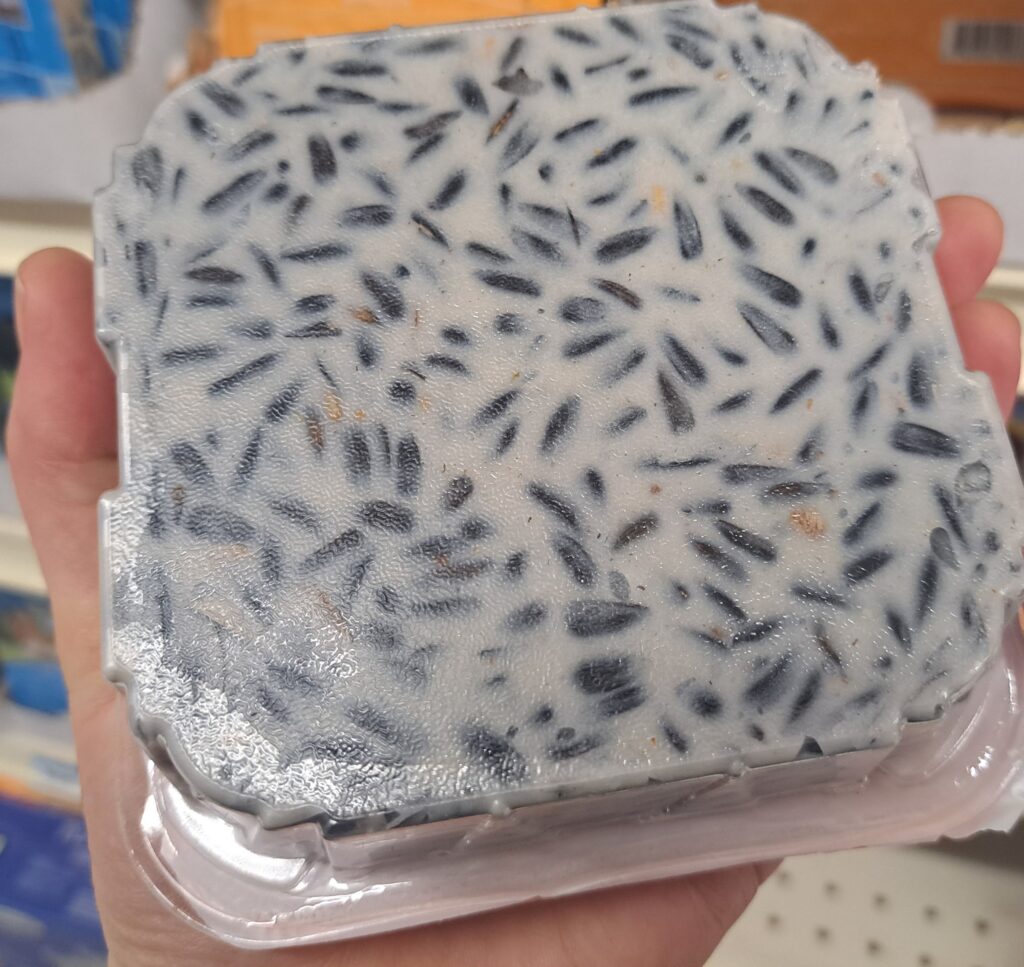
Suet
Most birds frequent high fat suet cakes in winter and the extra fat in suet helps birds stay warm during the chilly part of the year. But some birds, like woodpeckers, flock to suet in any season! Suet can be homemade or store-bought and cakes come in different shapes, so you’ll want to find suet feeders to fit your specific type of suet.
Use with: Suet feeders or hopper feeders (with attached suet cages).
Best for attracting: Woodpeckers, titmice, nuthatches, chickadees and wrens.
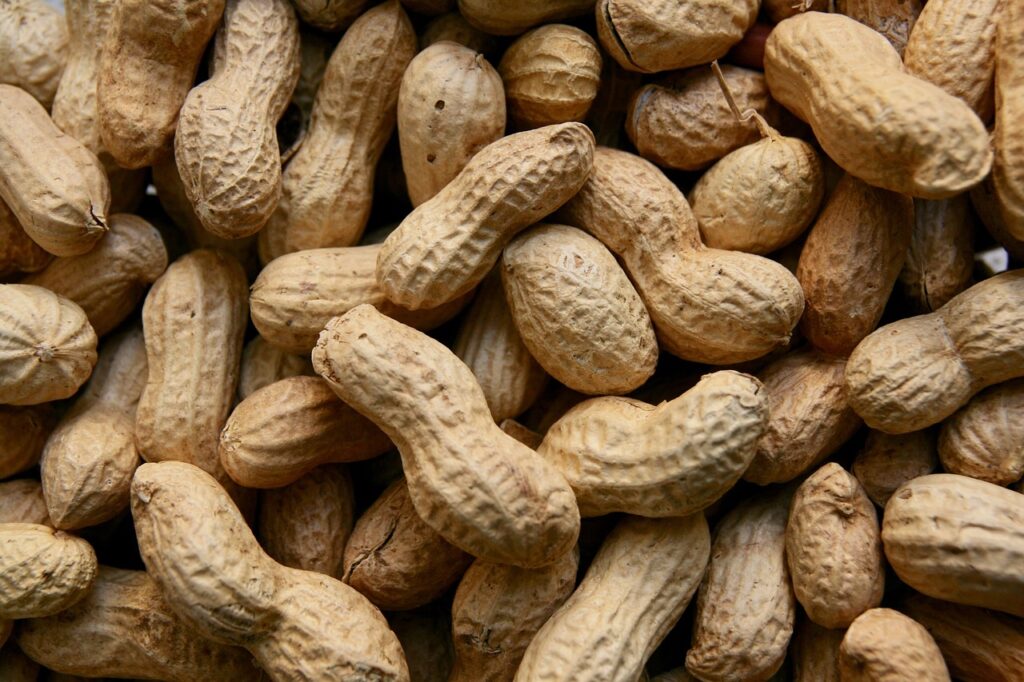
Peanuts
Large birds, squirrels and chipmunks can handle whole, unshelled peanuts, but smaller birds will fare better with crushed peanuts or an offering of unsalted peanut butter. Peanuts are coveted by many birds, as well as small mammals, and they can be displayed in platform feeders or included in suet recipes. Just make sure to provide plain peanuts (no added salt or other flavorings) and place peanuts in a spot where they’ll stay dry since peanuts are prone to molding.
Use with: Squirrel feeders, platform feeders and peanut feeders.
Best for attracting: Chickadees, wrens, woodpeckers, blue jays, titmice, nuthatches, kinglets and warblers.
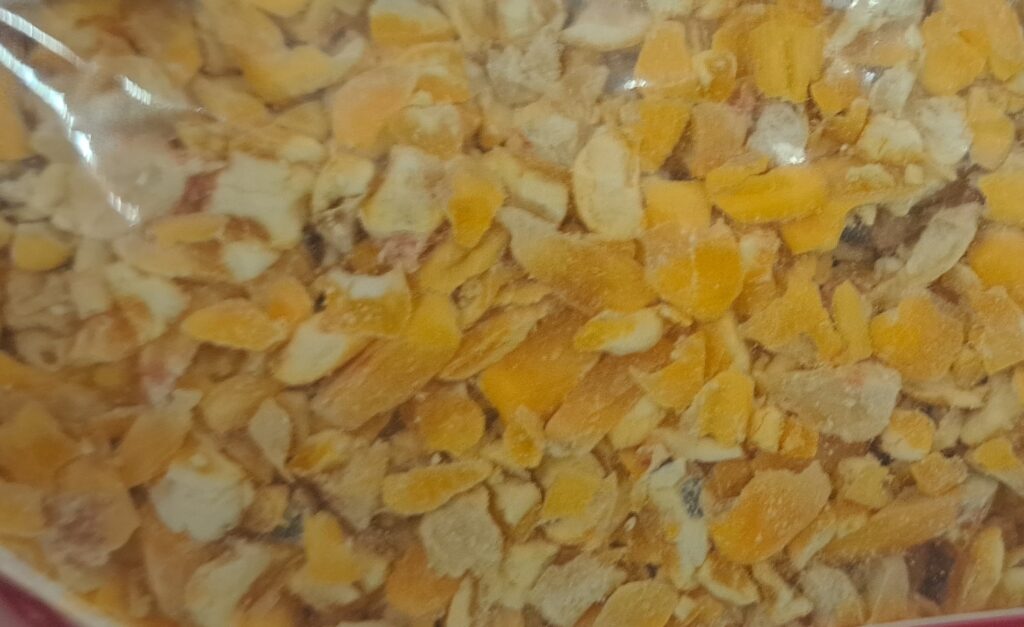
Cracked Corn
Another versatile bird food option, cracked corn is a top pick among ground dwelling birds — and chipmunks and squirrels love it too! Compared to some bird seed types, cracked corn is also budget friendly, but it can mold in damp conditions and it will need to be replaced often. If you don’t want to use cracked corn, you can also offer whole corn cobs, but cobs will be most appealing to squirrels and large birds.
Use with: Squirrel feeders, hopper feeders, tube feeders, platform feeders and window feeders.
Best for attracting: Towhees, blue jays, doves, juncos and quail.
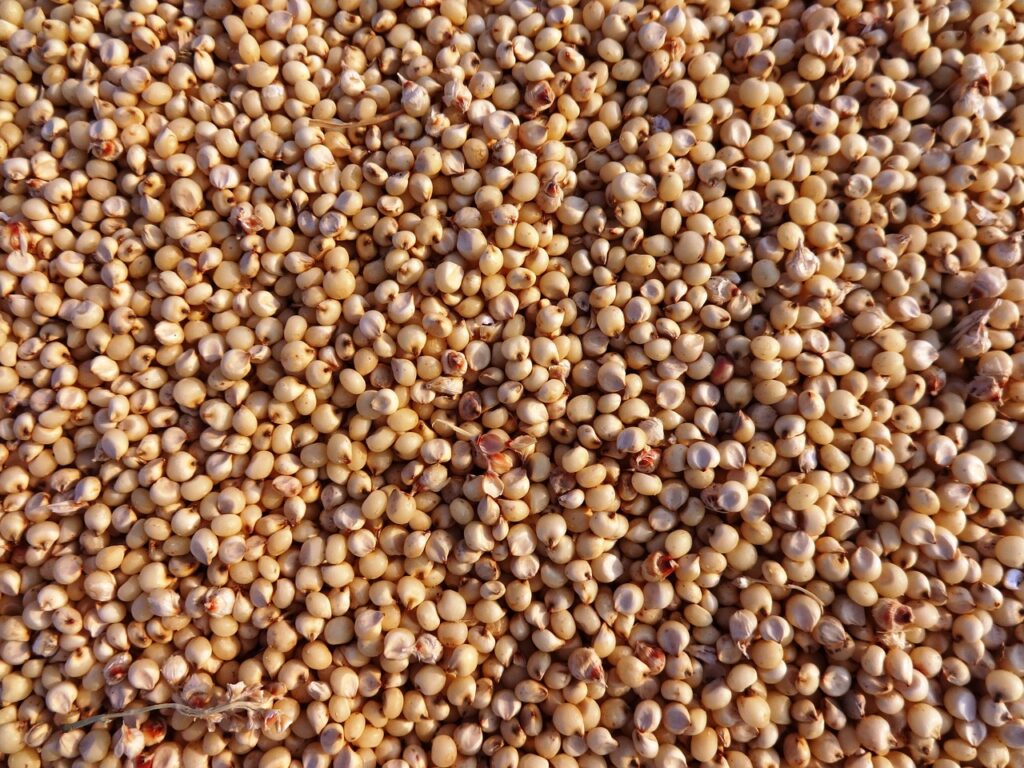
Milo
Also known as sorghum seeds, milo seeds are often included in bird seed blends, but they don’t offer as many nutritional benefits as some of the other seeds on this list. That said, milo seeds are much loved by ground feeding birds, so you may want to try them out in platform feeders or sprinkle them straight on the ground!
Use with: Hopper feeders, tube feeders, platform feeders and window feeders.
Best for attracting: Pheasants, doves and quail.
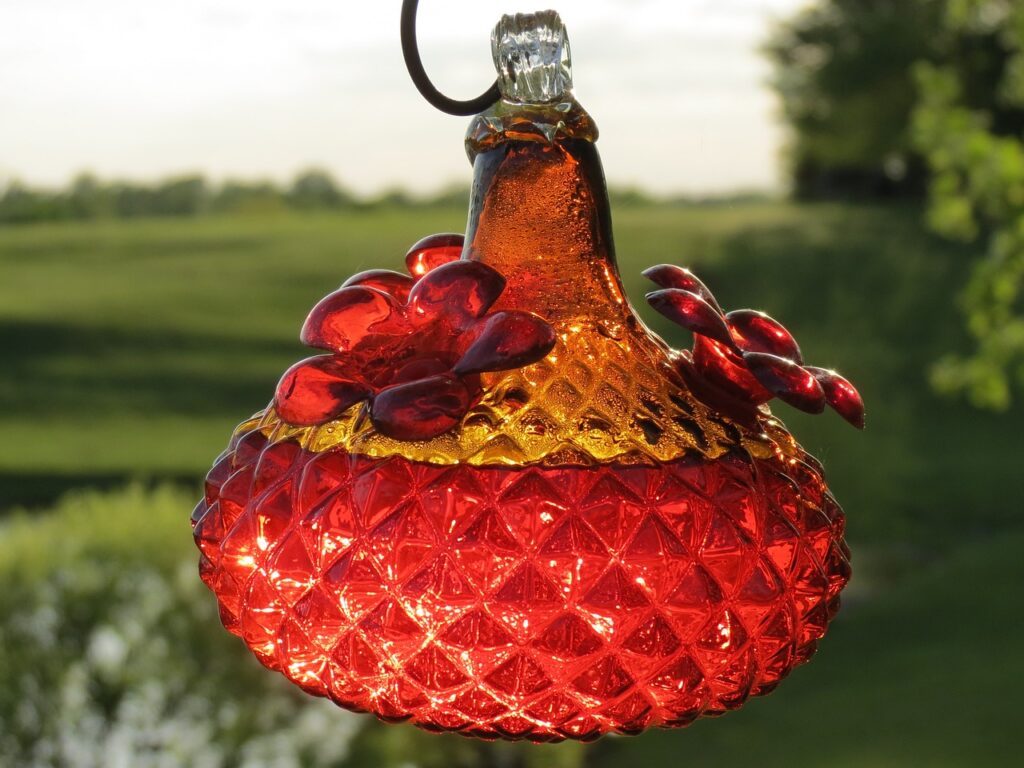
Nectar
Of course, no backyard bird feeding station would be complete without a hummingbird feeder and some sweet, sweet nectar! You can make your own hummingbird nectar or use the store-bought stuff… just steer clear of nectar with added red dye as it isn’t good for hummers. Nectar should be refreshed at least twice a week for bird safety and nectar feeders are usually brought indoors during the winter as hummingbirds migrate south in cold weather.
Use with: Hummingbird feeders and oriole feeders.
Best for attracting: Hummingbirds and orioles.
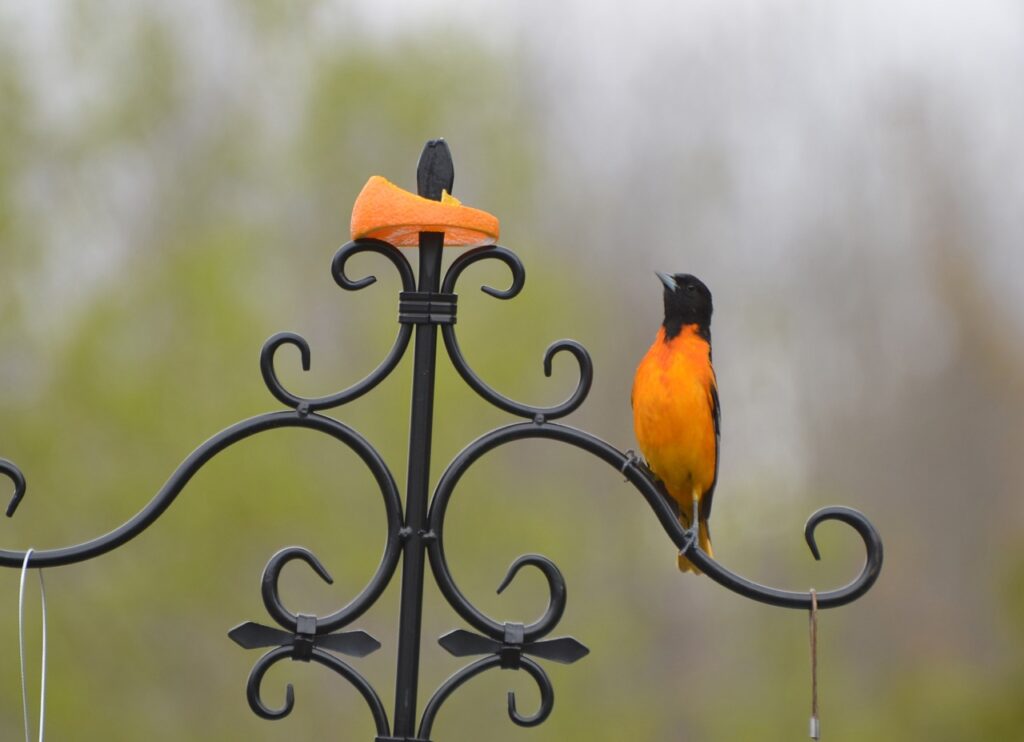
Fruit
Dried fruit is often added to bird seed blends and suet cakes, but you can also soak dried fruit in water overnight and then offer it to wild birds in platform feeders. Fresh fruit is also irresistible to fruit eating birds, like orioles, who usually aren’t that interested in seeds. If you want to maximize the variety of birds that visit your garden, try feeding fruit, seeds and mealworms in different feeders – a truly irresistible mix!
Use with: Oriole feeders, platforms feeders and hoppers and suet feeders (if dried fruit is included in bird mixes and suet cakes).
Best for attracting: Robins, bluebirds, waxwings, orioles, tanagers and mockingbirds.
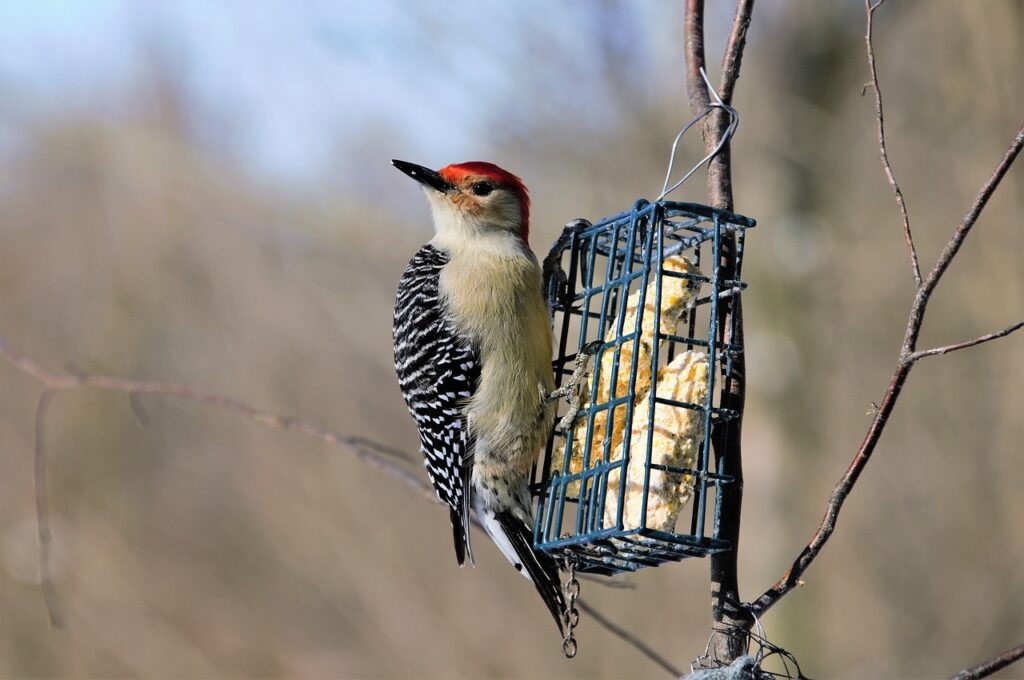
Frequently Asked Questions About Feeding Birds
What is the best birdseed for attracting birds?
Black oil sunflower seeds are considered by many to be the best bird seed varieties you can find. Not only are sunflower seeds budget-friendly, but they also attract a wide variety of birds, including cardinals, titmice and nuthatches.
What birdseed do cardinals prefer?
Cardinals have strong beaks, which help them crack open even hard-shelled seeds. While cardinals will feast on a variety of wild bird foods, they’re particularly drawn to sunflower and safflower seeds.
How often should bird feeders be filled?
Keeping bird feeders consistently filled is key if you want birds to visit your yard regularly! How often you’ll need to fill up your feeders will depend on how many birds stop by, but many gardeners fill up their feeders once every day or two.
